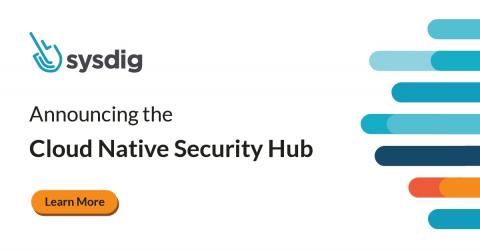Egnyte Metadata Intelligence Provides Structure to Your Enterprise Content
The great management thinker, W. Edwards Deming, famously said something to the effect of, “If you can’t measure it, you can’t manage it.” It’s hard to argue with Deming’s logic, but there’s a consideration that comes before measurement, and that’s discovery. Before anyone measures or manages anything, they have to be able to accurately find and understand the things being measured, managed, improved, and transacted.









